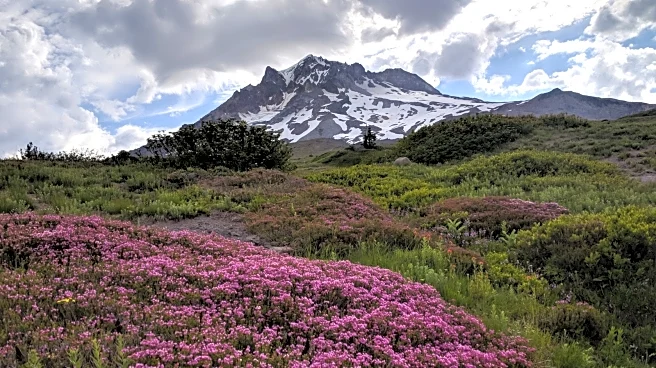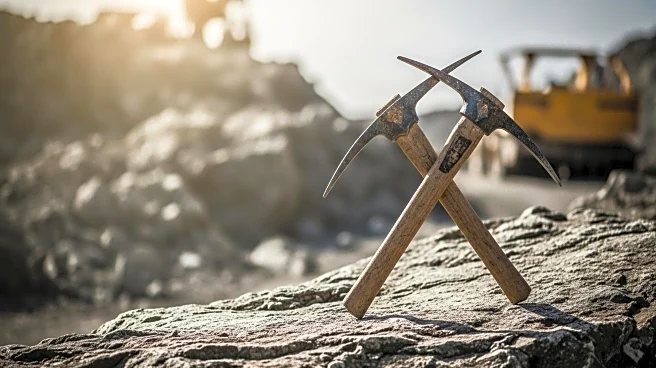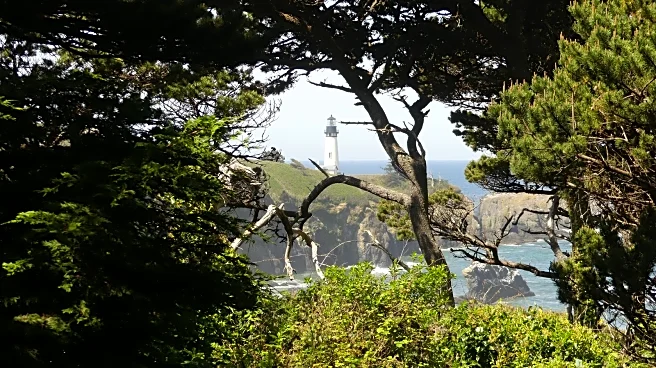What's Happening?
Dark Star Minerals, a Canadian uranium and critical minerals explorer, is revisiting historical mining districts to capitalize on previously identified resources. The company's Bleasdell Lake Uranium Project in northern Saskatchewan, Canada, has a non-compliant resource of 620,700 pounds of uranium, initially explored in the 1950s. The project is known for its uranium-bearing pegmatite zones, and Dark Star plans to conduct further exploration. Additionally, the company is exploring the Ghost Lake Project in Labrador, which was previously under a uranium moratorium. Meanwhile, Rua Gold is focusing on New Zealand's Reefton Goldfield, historically known for its gold production, and Provenance Gold is working on the Eldorado Project in Oregon, aiming to bring its 2 million ounces of gold resource into compliance.
Why It's Important?
The resurgence in exploring historical mining districts highlights a strategic shift in the mining industry, focusing on areas with known resources to reduce exploration risks and costs. This approach can lead to quicker resource development and production, benefiting companies like Dark Star Minerals and Rua Gold. The exploration of these areas could significantly impact the uranium and gold markets, potentially increasing supply and affecting prices. Moreover, the renewed interest in these regions may stimulate local economies, create jobs, and attract further investment in mining infrastructure and technology.
What's Next?
Dark Star Minerals plans to continue exploration at the Bleasdell Lake and Ghost Lake projects, focusing on defining near-surface resources that are cost-effective to mine. Rua Gold is expected to advance its exploration efforts in the Reefton Goldfield, with the Blackwater mine anticipated to begin production in 2026. Provenance Gold aims to bring its Eldorado Project's resource into compliance, potentially expanding its resource base. These developments may lead to increased mining activity and production in these historically significant regions.
Beyond the Headlines
The exploration of historical mining districts raises questions about environmental sustainability and the impact of renewed mining activities on local communities. Companies must balance economic benefits with environmental responsibilities, ensuring that exploration and production do not harm ecosystems or local populations. Additionally, the focus on historical sites may lead to advancements in mining technology, as companies seek innovative methods to access deeper or previously inaccessible resources.













